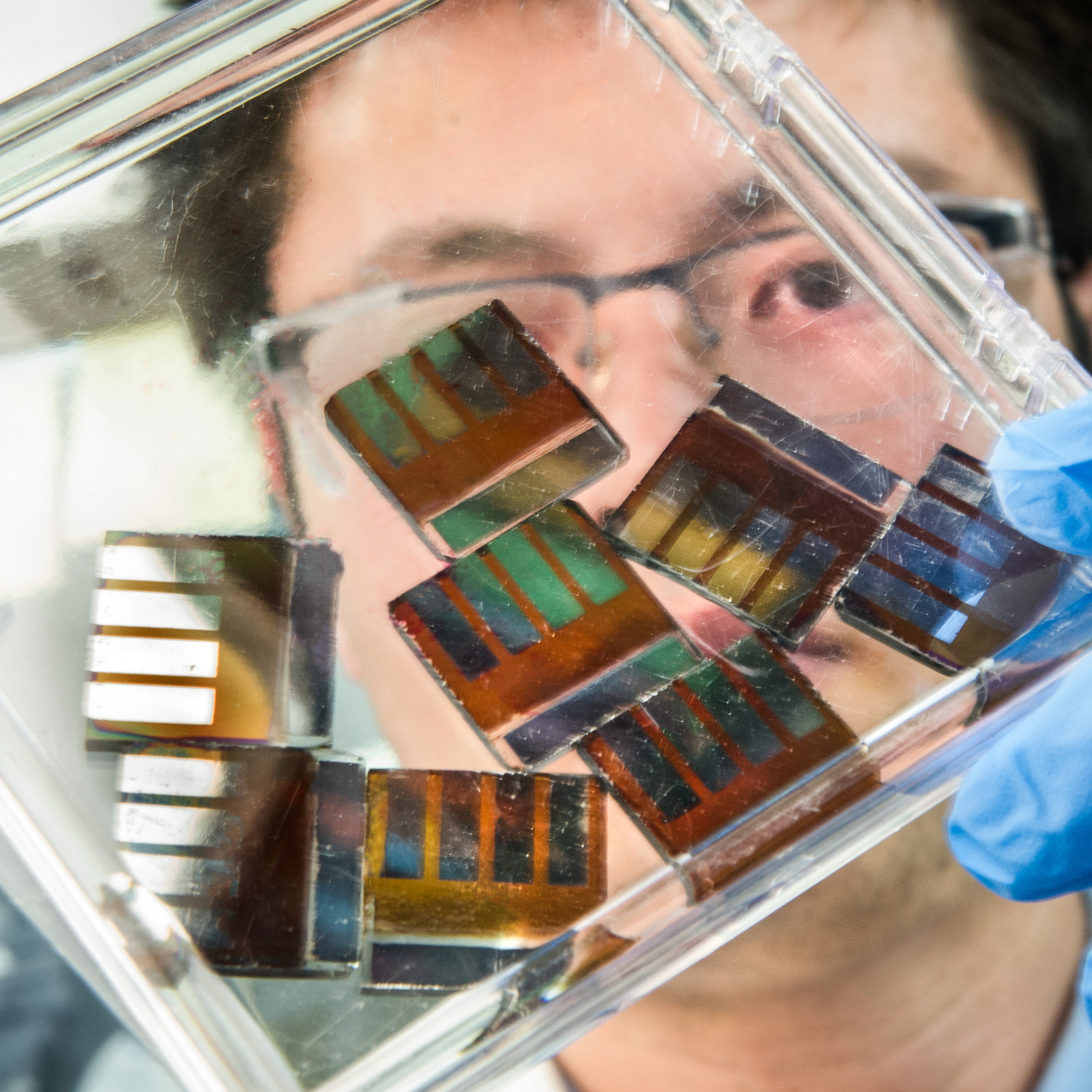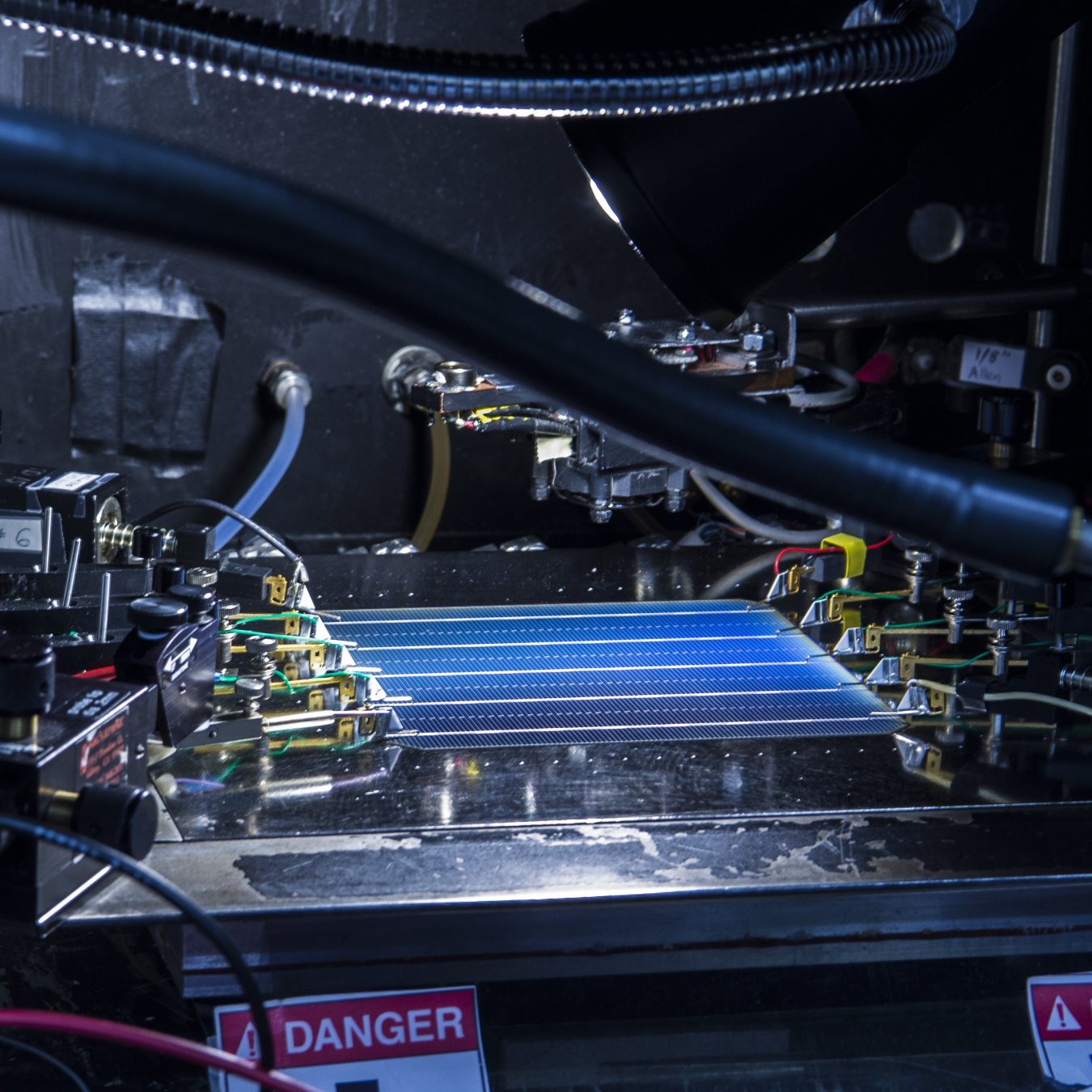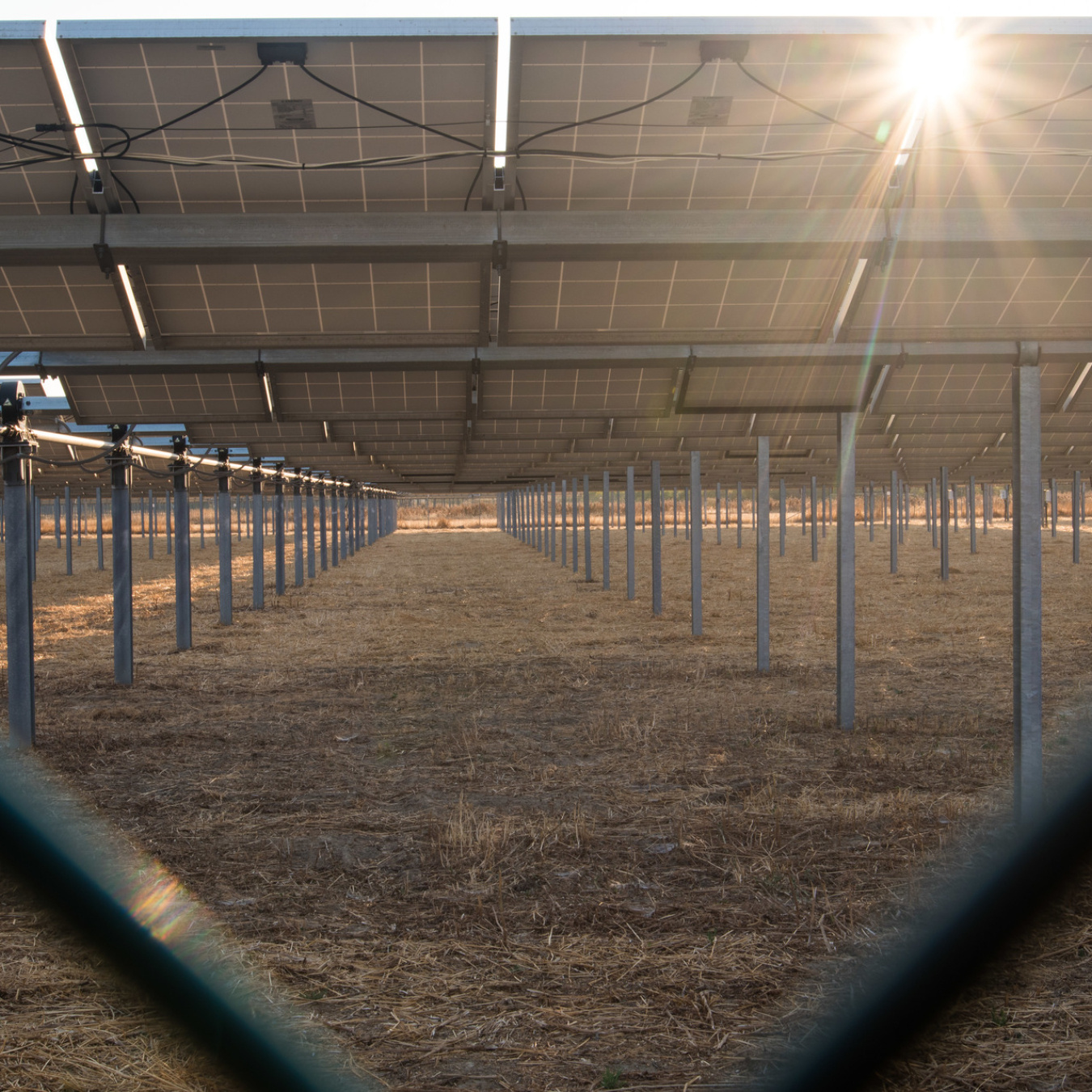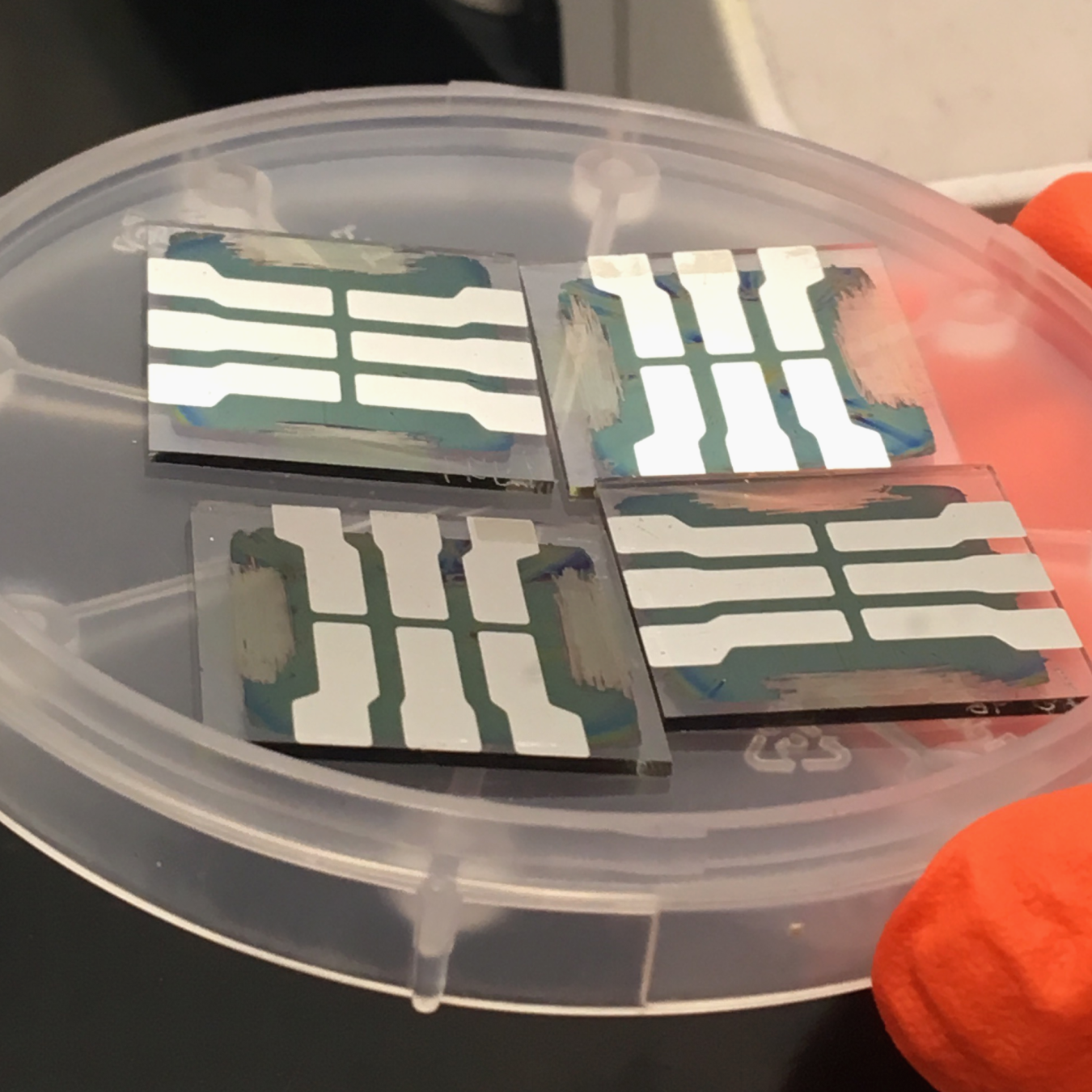What is photovoltaic (PV) technology and how does it work? PV materials and devices convert sunlight into electrical energy. A single PV device is known as a cell. An individual PV cell is usually small, typically producing about 1 or 2 watts of power. These cells are made of different semiconductor materials and are often less than the thickness of four human hairs. In order to withstand the outdoors for many years, cells are sandwiched between protective materials in a combination of glass and/or plastics.
To boost the power output of PV cells, they are connected together in chains to form larger units known as modules or panels. Modules can be used individually, or several can be connected to form arrays. One or more arrays is then connected to the electrical grid as part of a complete PV system. Because of this modular structure, PV systems can be built to meet almost any electric power need, small or large.
PV modules and arrays are just one part of a PV system. Systems also include mounting structures that point panels toward the sun, along with the components that take the direct-current (DC) electricity produced by modules and convert it to the alternating-current (AC) electricity used to power all of the appliances in your home.
The largest PV systems in the country are located in California and produce power for utilities to distribute to their customers. The Solar Star PV power station produces 579 megawatts of electricity, while the Topaz Solar Farm and Desert Sunlight Solar Farm each produce 550 megawatts.
Learn more about:
-
 There are a variety of different semiconductor materials used in solar photovoltaic cells. Learn more about the most commonly-used materials.March 28, 2025
There are a variety of different semiconductor materials used in solar photovoltaic cells. Learn more about the most commonly-used materials.March 28, 2025 -

- Solar Energy
- Clean Energy
- Renewable Energy
- Semiconductors and Microelectronics
- Next-Generation Energy Technologies
Part 1 of the PV Cells 101 primer explains how a solar cell turns sunlight into electricity and why silicon is the semiconductor that usually does it.
-
 Improving photovoltaic (PV) efficiency is a key goal of research and helps make PV technologies cost-competitive with conventional sources of energy.April 7, 2025
Improving photovoltaic (PV) efficiency is a key goal of research and helps make PV technologies cost-competitive with conventional sources of energy.April 7, 2025 -

- Solar Energy
- Clean Energy
- Next-Generation Energy Technologies
- Renewable Energy
- Conversion Technologies
Part 2 of the PV Cells 101 primer, exploring new materials and cell designs that can improve conversion and performance.
-
 Solar photovoltaic modules are where the electricity gets generated, but are only one of the many parts in a complete photovoltaic (PV) system.July 8, 2022
Solar photovoltaic modules are where the electricity gets generated, but are only one of the many parts in a complete photovoltaic (PV) system.July 8, 2022 -
 Solar manufacturing encompasses the production of products and materials across the solar value chain. This page provides background information on several manufacturing processes to help you better understand how solar works.April 7, 2025
Solar manufacturing encompasses the production of products and materials across the solar value chain. This page provides background information on several manufacturing processes to help you better understand how solar works.April 7, 2025
Learn more about photovoltaics research in the Solar Energy Technologies Office, check out these solar energy information resources, and find out more about how solar works.

